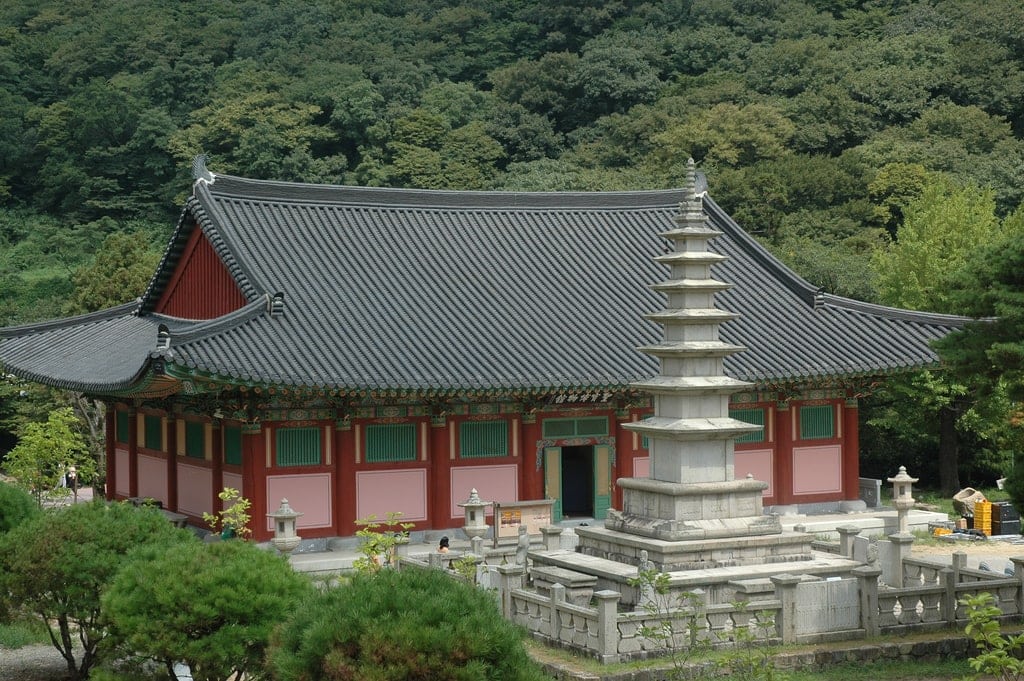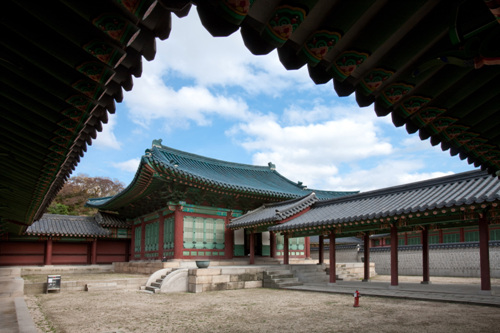Bulguksa Temple
The actual Bulguksa Temple, built on Mt. Tohamsan's wooden slopes in the 8th century CE at the very old Silla capital of Geumseong, was a Buddhist temple. After an awful fire, it today stands restored, except it is just a fraction of the original dimensions. The temple and close by Seokguram Grotto boasting its large, seated Buddha statue UNESCO has listed it as one of its World Heritage Sites.
The temple was erected on a previous foundation set at the time the Baekje kingdom ruled the territory. The main architect responsible for Bulguksa is originally credited with the name of Kim Dae-seong, the Chief Minister of the Unified Silla kingdom, ruling Korea from years 668 to 935 CE. Though the era saw much Buddhist architecture sweeping across Korea, Bulguksa is broadly considered as an exceptionally fine complex dedicated to Korea's official state religion.
Land of Buddha
The complex was designed in order to symbolize the land of Buddha, in other words, paradise. That is why there exist 3 main zones: Geungnakjeon, Birojeon, and Daeungjeon. These halls, built in stone and wood with tiled roofs, each is built upon a raised stone-made terrace.
This architectural beauty representing paradise, rises symmetrically and wonderfully from a real lotus lake, and is symbolically entered through two stone-made bridges and a big staircase, telling guests that they are exiting the earthly realm and now going into the holy domain of Buddha.
The entry gate, called the Mauve Mist Gate, one approaches it via the staircase named "cloud bridge." Then the visitor has to climb a somewhat lower series of steps called Bridge of White Clouds and next an upper flight known as Bridge of Azure Clouds. In addition to the three big halls, today the complex houses floating pavilions as well as bedrooms for monks, for it operates as a monastery.
The entire floor space of everything is estimated to be about 2,000 kan. In fact, the whole temple complex was regarded so big and constructed with unusually exact geometrical and mathematical planning that it took nearly 40 years to finish.
Most Famous Must-See Tourist Attractions in South Korea


